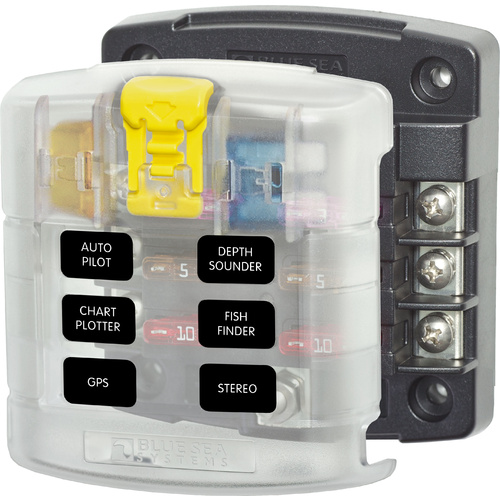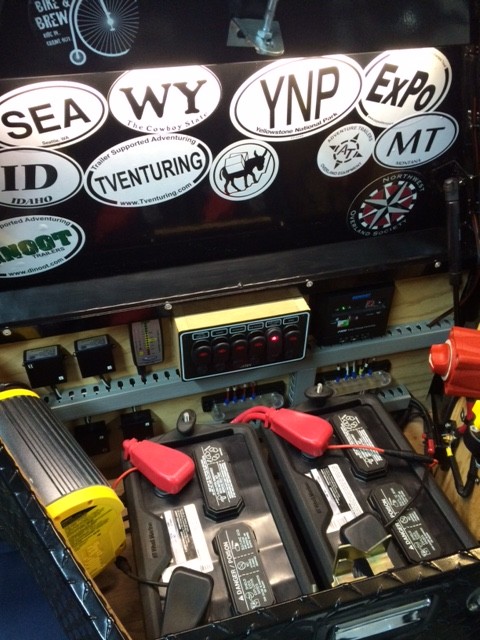My dad bought this thing long ago. I figured I'd revive it and use it as a fly fishing setup. I brought out new wheels and tires, installed them, and towed it home.
Then I opened it up for the first time since 2004. Mental note: open camper FIRST, then spend money on rolling stock.
It was a total loss. Mice and water did their damage. Since I knew the frames were halfway decent, and the side walls were aluminum, this thing could be saved, and while Im at it, customized to MY needs.
I love the E1s and Opus. But Im a cheapskate...so here goes...
Its not going to hit "bad" terrain, but the usual Montana gravel roads. Eventually I'll add a bigger axle and tires. Elec brakes, etc.
For now, I'll just get it put back together and go from there.
Day 1. Don military chem mask and rubber gloves and completely gut the interior.
Cabinets are metal, but were a pain to remove without damaging. Just remove the STAPLES that held them to the floor and remove.
The floor was debatable, but since it stunk of mouse urine, it had to go. The good part, Coleman didn't secure the floor to the chassis. it just laid down in 3 chunks.
While still wearing my chem gear, I broke out the bleach bottle mixture and nuked everything in sight. I fired up the pressure washer and cleaned decades of vile filth.
Next step, the Simple Green mixture, followed by another pressure washing.
At this point, Ive got about 4 hrs into this thing, and I realize it's in much better shape than I thought.
Now, what do I do from here?
Then I opened it up for the first time since 2004. Mental note: open camper FIRST, then spend money on rolling stock.
It was a total loss. Mice and water did their damage. Since I knew the frames were halfway decent, and the side walls were aluminum, this thing could be saved, and while Im at it, customized to MY needs.
I love the E1s and Opus. But Im a cheapskate...so here goes...
Its not going to hit "bad" terrain, but the usual Montana gravel roads. Eventually I'll add a bigger axle and tires. Elec brakes, etc.
For now, I'll just get it put back together and go from there.
Day 1. Don military chem mask and rubber gloves and completely gut the interior.
Cabinets are metal, but were a pain to remove without damaging. Just remove the STAPLES that held them to the floor and remove.
The floor was debatable, but since it stunk of mouse urine, it had to go. The good part, Coleman didn't secure the floor to the chassis. it just laid down in 3 chunks.
While still wearing my chem gear, I broke out the bleach bottle mixture and nuked everything in sight. I fired up the pressure washer and cleaned decades of vile filth.
Next step, the Simple Green mixture, followed by another pressure washing.
At this point, Ive got about 4 hrs into this thing, and I realize it's in much better shape than I thought.
Now, what do I do from here?
Attachments
Last edited:






















